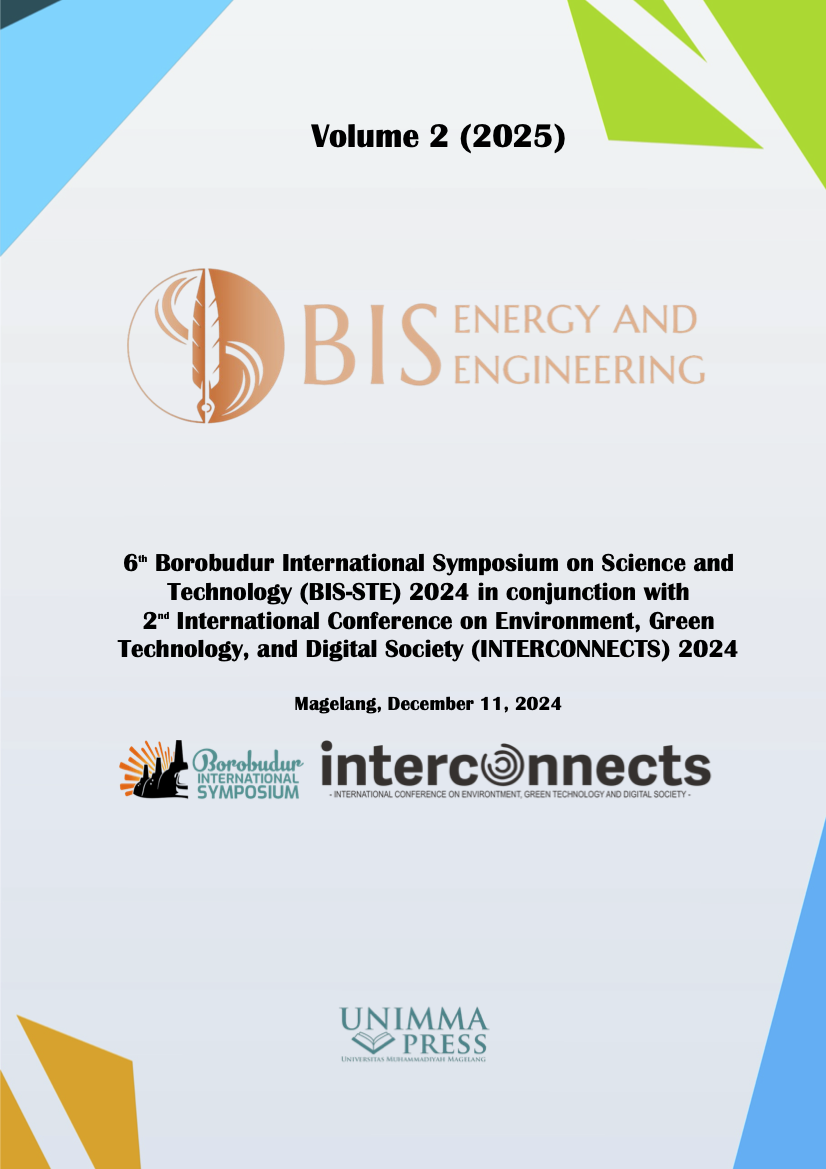Carbon footprint in potato chips agroindustry supply chain: A case study in Garut, Indonesia
Keywords:
Carbon footprint, Greenhouse gases, Life cycle assessment, Potato chips, Supply chainAbstract
Supply chain activities in potato chips agro-industry contributed to carbon emissions, including transportation of potato from field to factory (scope 1), product processing in factory (scope 2) and delivery of product to retailers (scope 3). The objectives of this research were to establish carbon footprint model in potato chips agro-industry considering the environmental impacts, determine the highest emission contributor and suggest managerial improvement for reaching more sustainable supply chain. To reach these goals, Life Cycle Assessment (LCA) approach was applied. The results showed that carbon footprint in production of potato chips prepared in semi-mechanical processes reached 16.77 kgCO2-eq per 1 kg of potato chips. Furthermore, it was noteworthy that scope 3 obviously generated the greatest emission of 10.940 kgCO2-eq, regarded as the highest carbon footprint compared with other scopes. Therefore, strategic attempts to reduce carbon footprint were proposed in scope 3. This carbon footprint research was conducted to support the green supply chain in the traceability system in potato chips agro-industry.
Downloads
Published
Conference Proceedings Volume
Section
License

This work is licensed under a Creative Commons Attribution-NonCommercial 4.0 International License.

